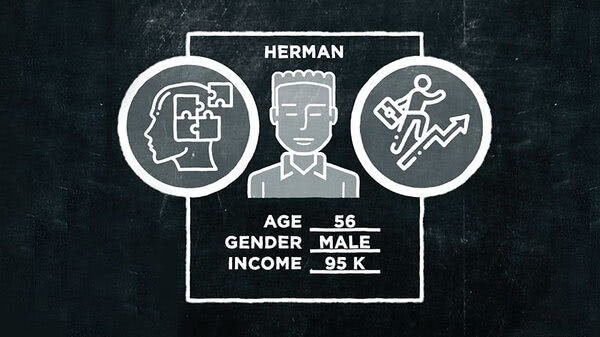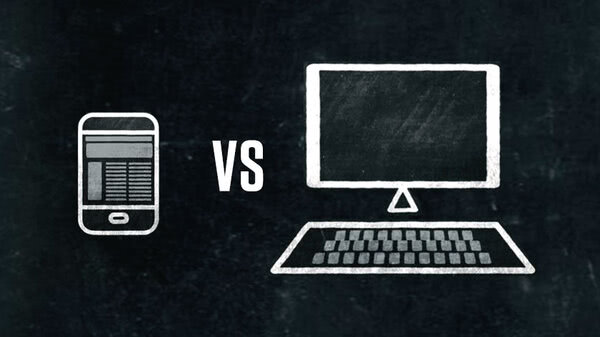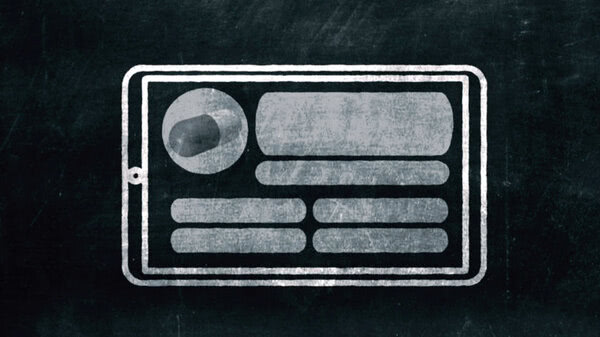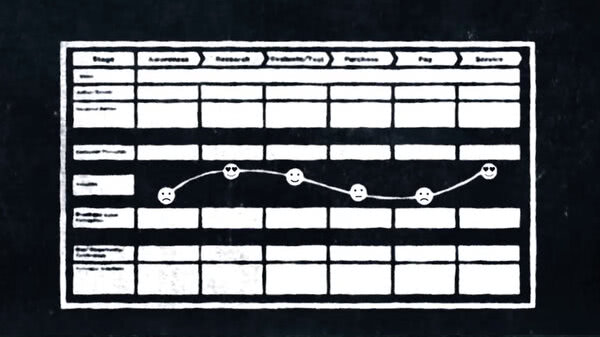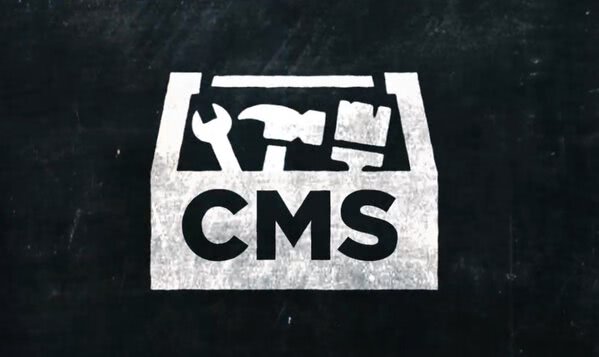Okay. You've got a pretty good idea of the kind of video you want to create.
Now you have to communicate that vision to your agency so that they can come back with, among other things, a figure for what it's going to cost.
You could go to formal RFP route, but because this is a smaller project, you could also just ask for estimates from a few agencies. Let's say, two you've worked with in the past and one newcomer-just to keep your options open.
So you describe what you're hoping to see on screen, the video length, how long you expect the animated segment to last and the date you need it done by. All in a page or less.
You send it out to a few agencies. A week goes by. They return with their proposals, outlining what it will cost for them to produce your patient-targeted video. And you receive a range of quotes.
In the accompanying proposals, the budget is broken down into costs, such as location scouting, catering, casting, sound mixing.
There's also a schedule for the project. It includes dates from everything from pre-production to something called "picture lock". And you realize you don't even know what some of these things are. Fear not!
In these next two videos, we're going to describe the essential steps of producing a medical video. Or any video for that matter. So that you at least have the vocabulary to make sense of your agency's proposed budget and schedule.
Let's start with the three main steps to producing almost any live-action video. These are pre-production, production and post production.
Production is the actual shoot. Cameras are rolling. Actors are acting. The director is directing. In other words, all of the things that happen on set. Pre-production is what happens before that. And post production? Well, that's what happens after the shoot. Pretty straightforward, right?
First we'll look at the main steps within what is probably the most important and lengthiest phase: pre-production. Step one, decide on the creative approach.
So let's suppose you and your agency have signed off on the proposal. You've agreed on the basics. Number of actors, locations, days of shooting required, budget breakdown, and deadlines.
Now you get to exercise some creativity and decide on the specifics. Maybe you want a specific actor to play the doctor or someone knows an office with a really cool reception area for a particular scene.
Someone else has an idea to shoot the whole thing strictly from the patient's perspective.
It's up to you whether you want to be involved in this kind of brainstorming, or if you want to leave that entirely to the creatives at your agency.
Depending on the kinds of ideas your team comes up with, the brainstorming may lead to more research, which may lead to yet more brainstorming.
Just remember, the clock is ticking and you have a timeline to follow. Eventually you settle on a one-page outline that people are willing to commit to an actual script.
Let's say at this stage, we've agreed on nine scenes filmed at four different locations.
An initial consult with the doctor in their office, the patient wearing glasses, agreeing to the procedure. At home, the patient prepares for the procedure on the eve of the surgery.
A brief sequence of the patient arriving at the clinic, signing a release form in the reception area. Another brief live-action sequence in the room where the procedure takes place as the patient is prepped.
An animation of the procedure itself. Another brief scene in the waiting area as the friend arrives to escort the patient home.
A sequence at home that includes changing the bandage over the eye and putting in eye drops. A last follow-up in the surgeon's office, all went well.
And the last shot is of our patient stepping out onto the street, outside the doctor's office or at a nearby park and taking in the view, crystal clear and glasses free.
Step two, write the script.
Once you've nailed down your basic idea, a writer has to write the first draft of the script.
The first draft will no doubt be punted around the circle of creative as before everyone, or at the very least the client is satisfied with it.
The venue for these discussions is something called a table read, where everyone sits around a table and offers their notes for improvement as the script is read aloud.
Sometimes this pre-production draft is followed with a shooting draft, which will list and number every shot to be recorded on the day of the shoot.
Once the script has been finished, it must be submitted for legal and regulatory review. This department is where all the best ideas contained in the document will go to die.
Step three, create storyboards. The next step is to create a storyboard. This is a bit like a comic book version of the video. Storyboards can be crude stick-figure-like affairs, or they can be works of art suitable for framing after the shoot.
The important thing is that the director and the camera operator can look at them together and anticipate each camera setup and shot.
Because our video includes an animated sequence, this part of the storyboard will have to be more detailed and worked out with the help of an animator.
Step four, scout locations. Finding places to shoot your video can be one of the most difficult parts of pre-production.
For our video, the only real location problem is that the room and the equipment where the surgical procedure takes place is in high demand. So we may have to shoot that scene outside of normal office hours.
The key here is to keep this portion of the video brief. All we need is a shot of the patient, buttoning up a sterile gown over their street clothes and lying down on the table.
Then another shot of the patient eye-bandaged leaving the operating room. This is just one more reason we're animating the actual procedure rather than attempting to shoot it live.
Step five, cast your video. Real life experts and patients, or actors?
Generally, professional actors will do a much better job of interpreting and delivering their lines. But even in a video like this one where there's no spoken parts, actors know how to take direction and how everything works on a set.
Using pros will just make for a smoother shoot. All right! That completes pre-production. You're ready for the shoot.




